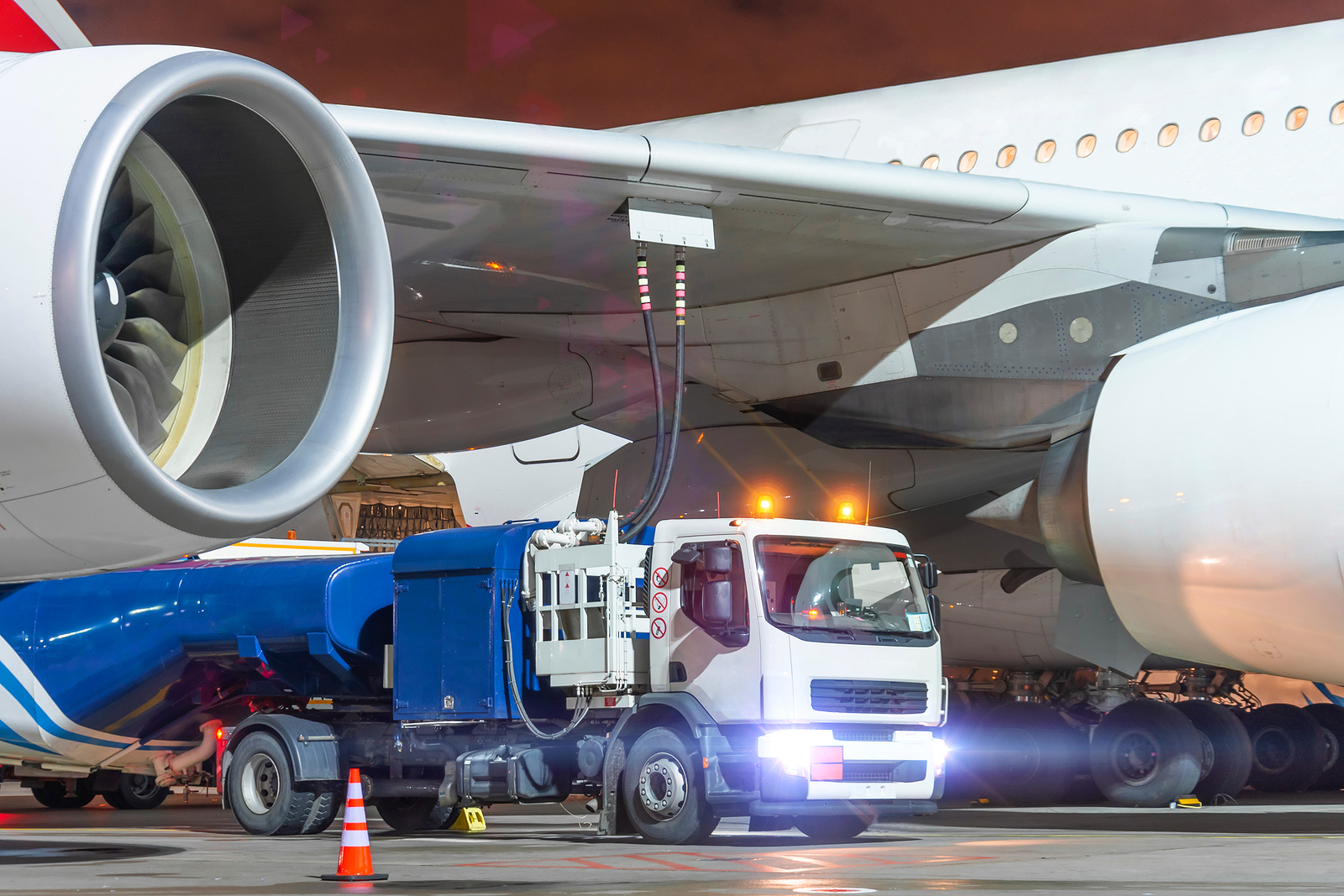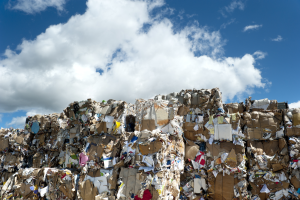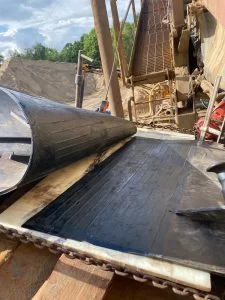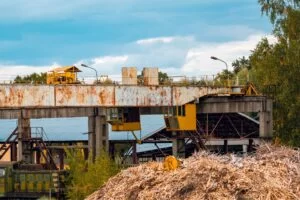Biofuel is a tremendous growth area when it comes to conveyor belt equipment, as harvesting and processing the materials required to make high-quality fuel products has a lot of complexities to it, requiring a robust, heavy-duty conveyor solution.
With a major push towards sustainability and net zero, fossil fuels are set to be replaced by a range of different technologies, from renewable electricity and battery power at one end and low-carbon sustainable biofuels at the other.
The latter is primarily intended for transportation, aviation and other industries that require some sort of fuel in order to practically function.
In the case of aviation, the goal is the production of sustainable aviation fuel (SAF), a type of biofuel that is low carbon and can reduce greenhouse emissions.
The difference between SAF and other types of biofuel such as flex-fuel is that SAF needs to be a “drop-in” solution that can be used in existing planes with no modifications required.
Initially, this will involve using SAF in a blend that also includes conventional aviation fuel such as Jet A, A-1 and B.
This can reduce carbon dioxide emissions by at least 50 per cent but often closer to 80 per cent, with plans for a later generation of SAF to be made from 100 per cent biofuel. This would reduce carbon dioxide emissions by as much as 95 per cent compared to current levels.
As with other forms of biofuel, there are many different sources that can derive SAF, including biomass, used fats and oils, waste and agricultural residue.
As for the production process itself, depending on the industrial process used, SAF can be carbon neutral or come at an exceptionally low carbon cost compared to conventional fossil fuels.
If the SAF is made with biomass, then carbon dioxide will be captured as part of the process of growing the plants, and so the question is whether that is offset by the carbon emitted during the production process, including transportation and refinement.
There are some challenges that have made it a difficult prospect for aviation companies to adopt, three of which are the most critical.
The first is cost; currently, SAF costs four times as much to produce as conventional jet fuel, although this is very likely to go down once production processes scale up.
However, there are difficulties with that as finding appropriate feedstock for the biofuel is a challenge that will need to be solved by investing in a broader range of sustainable feedstocks.
Finally, and perhaps the greatest challenge will be a matter of fuel logistics, which due to energy density may become even more of a challenge.
SAF has a lower energy density than jet fuel, which means that a litre of Jet A will take you further than a litre of SAF at present.
Where this becomes a problem is that the more fuel you carry on a plane, the more you need to carry in order to factor in the extra weight of the fuel.
This can make certain long-haul flights much more difficult to manage if not outright impossible at present.
There is the potential to improve energy density but it could be the biggest barrier to wide adoption outside of blended mixes.





